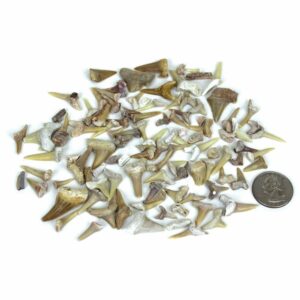 by: Ken Byrne
by: Ken Byrne
The ostrich is a member of the Ratite family, which also includes emu, rhea, cassowary, and kiwi. Ratites are distinguished as flightless and keel-less (having no breast bone) birds. Ostrich skeletons and fossils date back over 120 million years.
The ostrich, native to Africa, is the largest of living birds. Some males reach a height of 8 ft (244 cm) and weigh from 200 to 300 lb (90 – 135 kg), while females will range between 5.5 and 6.5 (170 cm – 200 cm) feet tall at maturity.
In the wild, a mature female will lay between 12 and 15 eggs after mating (at the rate of one every other day for several weeks). Ostrich farmers quickly remove the eggs from the nest to extend the laying season. In some cases, a domesticated hen can lay up to 80 eggs, although 40 to 50 is more typical. Ostrich eggs are the largest of all bird eggs and weigh about 2.75 pounds (1.2 kg). The contents of one ostrich egg can be equivalent to as much as two dozen chicken eggs. Read the rest of this entry »



 Posted by Tami O'Connor
Posted by Tami O'Connor  by: Tami O’Connor
by: Tami O’Connor by Laurie Neilsen
by Laurie Neilsen